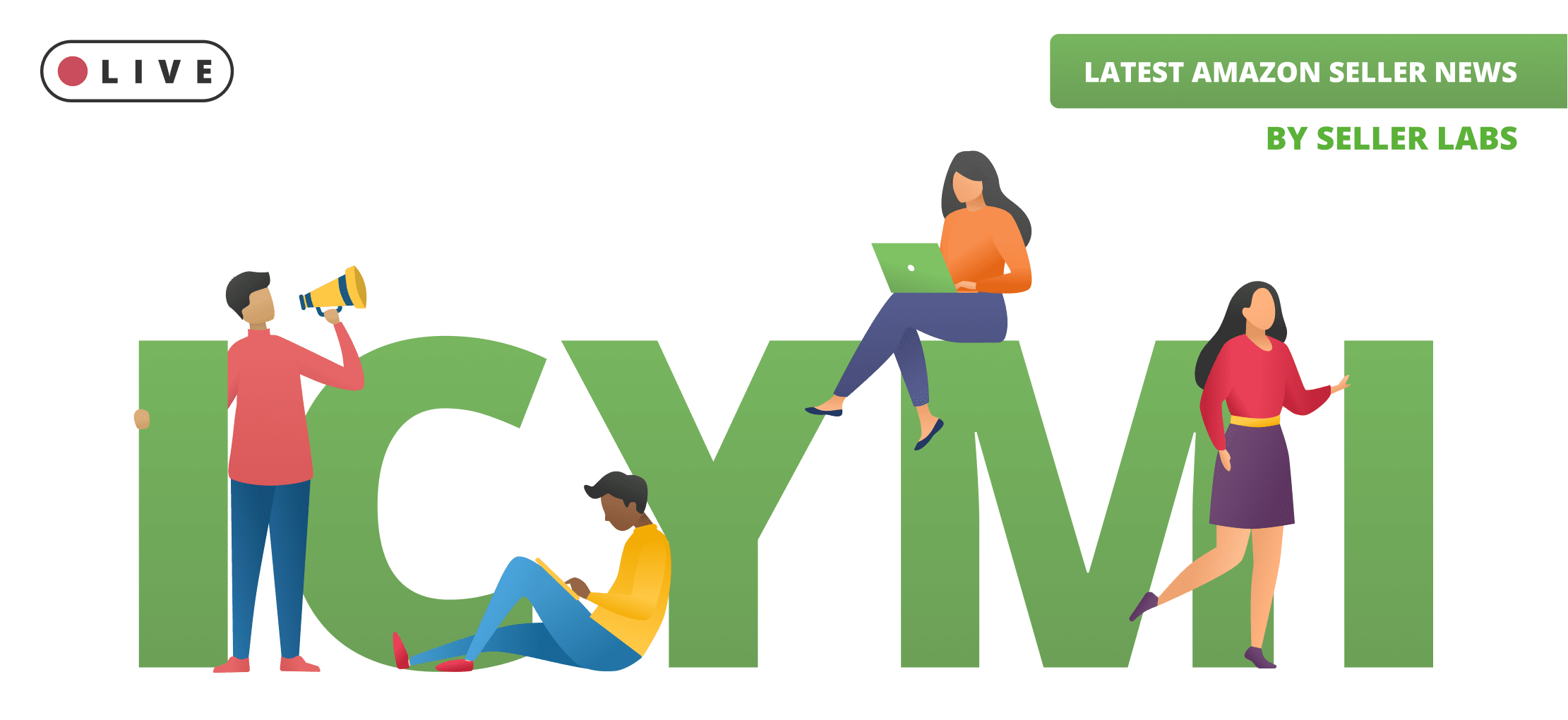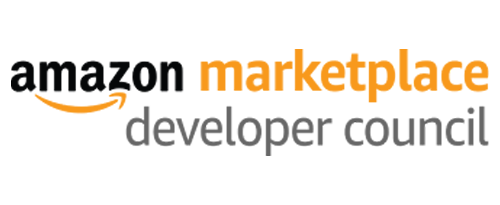Shopify or Amazon?
If you are currently choosing between the two options, this is to say that you are just at the beginning of your journey dreaming of building an online brand and beating the giants at eCommerce. You can start selling on Amazon and craft a nifty-looking website with Shopify in just a few clicks. However, you should be aware of the underlying hurdles you may run into when selling online.
To begin, I would like to highlight that both selling platforms equally deserve your attention. Here’s why:
- They’re both pure-play online behemoths with millions of people on board.
- Both offer enormous opportunities for growth.
- Both are designed to be fairly easy for eCommerce beginners to get going with. Both have a shallow learning curve and are relatively quick to set up.
- They are even ‘synced’ with each other, so you can start selling on both platforms simultaneously, sight unseen. If you are selling in USD, you’ll be able to add Amazon as a selling channel to your Shopify store.
Don’t get trapped by the overall simplicity, as the ease of use isn’t always equal to the efficiency.
Too good to be true? Maybe. Let’s get a little bit nerdy and dig out the pros and cons of Shopify and Amazon. This will give you the complete picture of what is going on in eCommerce and help you understand whether you have any chances to stand out selling on either of these platforms.
Disclosure:
We are offering both an eCommerce marketplace solution (X-Cart) and the tool that helps facilitate sales on Amazon (Seller Labs). We do our best to be objective and verify all the facts mentioned in the article. However, you may find some biased opinions that may contradict your point of view.
Shopify vs. Amazon: What’s the difference?
Given that Shopify and Amazon have a lot in common, telling the difference between them would be a difficult initiative as well. But we’ll try.
1. Online marketplace vs. a standalone eCommerce platform
The first and the most obvious difference is in the type of platform.
Amazon is an online marketplace which means a website that sells products from multiple sellers, while Shopify is an online shopping cart that allows you to create your own online store.
If we liken it to the brick and mortar equivalent, it will be safe to say that:
- Selling on the Amazon marketplace is like renting a booth inside a huge shopping mall where the chances of being discovered are huge, but you’ll have to fight for your place in the
sunSERP. - Setting up your store with Shopify is like renting an empty space to set up your shop from the ground up.
2. Ease of Use
Though both eCommerce tools are considered beginner-friendly, they are still quite different in terms of functionality.
Shopify normally requires more work to do to configure things, while Amazon has a limited set of options that is similar to everyone and, therefore, easier to get started with.
3. Level of Personalization
Shopify has a user-friendly drag-and-drop editor that allows sellers to easily create eye-catching designs by adding particular blocks in a template without any coding at all.
Amazon, in contrast, isn’t nearly as adjustable as Shopify. Even if you are using an Amazon Brand Store tool that allows for experimenting with custom layouts, the level of personalization is still pretty shallow.
4. Showing up in SERP
Crafting your online store with Shopify, you’ll have to get to close quarters with Google’s search algorithm, as well as Bing’s, Yahoo’s, and so on.
On Amazon, the A9 Algorithm is the only stumbling point on your way to eCommerce success.
Learn more about Amazon’s SERP in the article below:
5. Marketing
Selling your products or services with the Shopify shopping platform, you are fully responsible for marketing your eCommerce business and building brand recognition.
On Amazon, there’s a demand-side platform (a.k.a. DSP) that enables sellers to programmatically buy ads to target new and existing customer bases, both on and off Amazon.
There are other predetermined ways to advertise on Amazon, such as Sponsored Product Ads, Sponsored Brand Ads, Sponsored Display Ads, and others.
Additional reading:
Amazon PPC: Your Guide to Sponsored Advertising in 2021
6. Payments
Shopify offers three selling plans to choose from. With the Advanced Shopify plan, you’ll pay $299 per month, with the Basic one—$29 per month. The Shopify Plan will cost you $79 per month. No matter what plan you choose to go with, you’ll be bound to pay monthly fees.
The best thing about Shopify is that they allow you to accept credit cards and other popular payment options without having to pay any extra transaction fees. This can be done through their home-grown Shopify Payments tool. However, if you choose an external payment gateway, there will be an additional fee of 2%, 1%, or 0.5% for each of their plans, respectively.
Amazon’s Professional plan costs $39.99 per month, no matter how many items you sell. The best thing about Amazon is that you have a chance to avoid monthly payments. With Amazon’s Individual plan, you’ll pay $0.99 every time you sell an item, which is a good option for beginner sellers.
Since PayPal is a direct competitor to Amazon’s own payment service (a.k.a. Amazon Pay), there’s no PayPal option. Or, to be more accurate, you’ll need to jump through some hoops in order to pay using PayPal.
7. Shipping & Fulfillment
With Amazon, you basically have two options to choose from when it comes to shipping your items:
- The Amazon FBA service (also known as Fulfilment by Amazon). The whole process is pretty straightforward: you send your products to Amazon, and they do all the rest—handle picking, packing, shipping, customer support, return processing, and more.
- The DIY option.
The first option makes it easy for beginner sellers to get started; however, it goes with additional fees.
To ship your products with Shopify, you’ll have to set your own shipping rates and rules, which requires a deeper dive into shipping and fulfillment operations. Alternatively, you can consider dropshipping.
Here’s Our Take
Whether you choose to go for a single eCommerce platform or reap the benefits of multichannel selling, you should keep in mind the following:
Golden nugget #1: Shopify will hardly fit your unique business needs, if your goal is to craft a highly-personalized eCommerce website. The platform is somewhat limited in terms of customization and can be cost-intensive in the long run.
There’s an enriched version of Shopify, though, offering different levels of flexibility and feature-sets for different sizes of business—Shopify Plus. However, it has a limited catalog size and lacks 24/7 customer support, which is vital when it comes to personalization. Check out why the X-Cart shopping platform could be a better option.
Don’t take my word for it. Examples seem to indicate that eCommerce sellers do choose X-Cart over Shopify or Shopify Plus. Read our case study about the way Intercompras uses X-Cart to rapidly grow international operations.
Golden nugget #2: If you have your sights set on the Amazon eCommerce marketplace, you should understand that third-party software is a must. Knowing how to sell in an oversaturated market can help your business stand out from the competition. For example, try one of Amazon’s seller extensions for Google Chrome or opt for an inventory management software that will help you easily manage orders, shipments, and inventory on various different channels, including (but not limited to!) Amazon.
Any questions? Get back to us at any time via the comments section below, social media, live chat, or any way that you may find convenient.
Any questions? Get back to us at any time via the comments section below, social media, live chat, or any way that you may find convenient.








